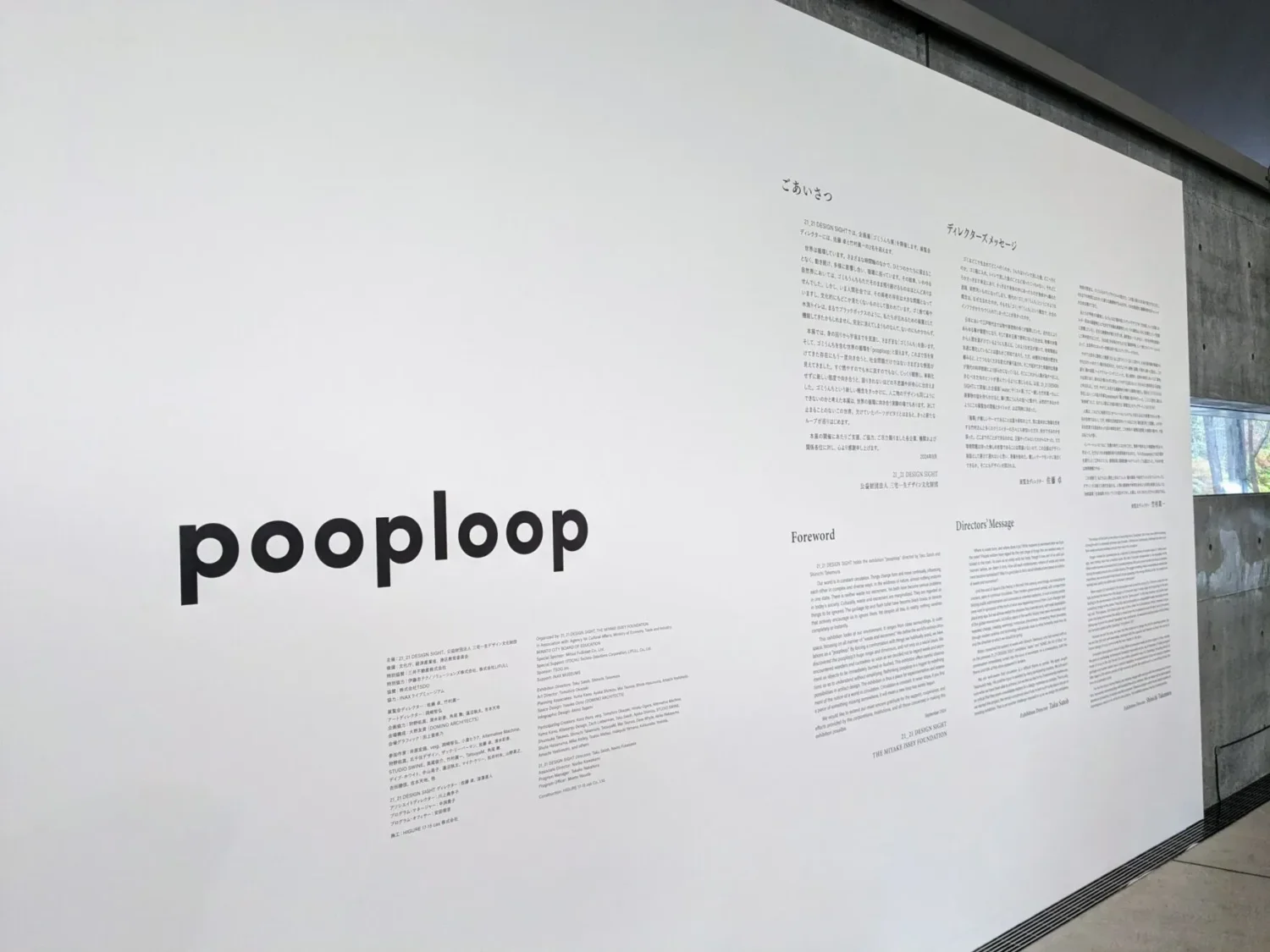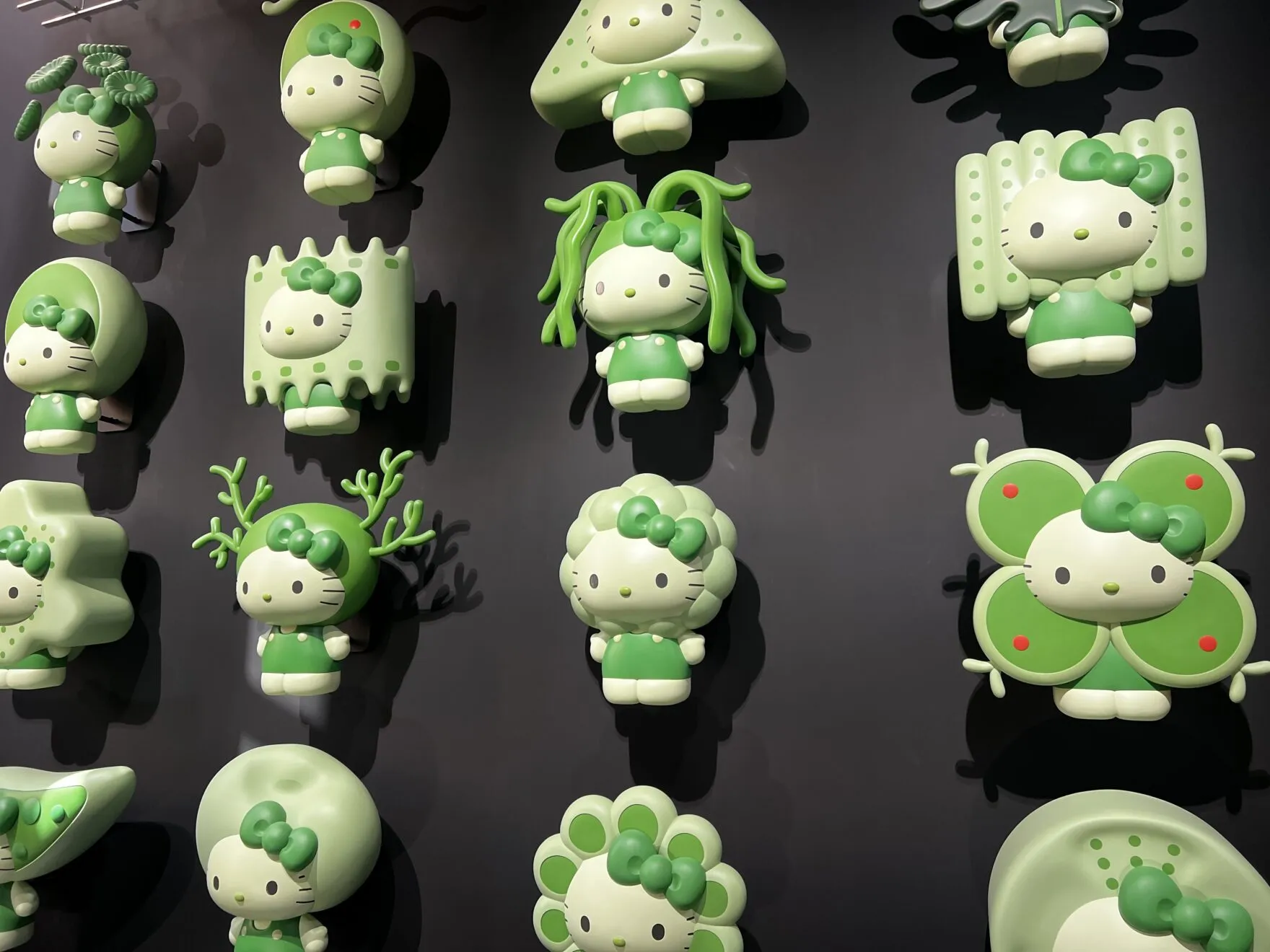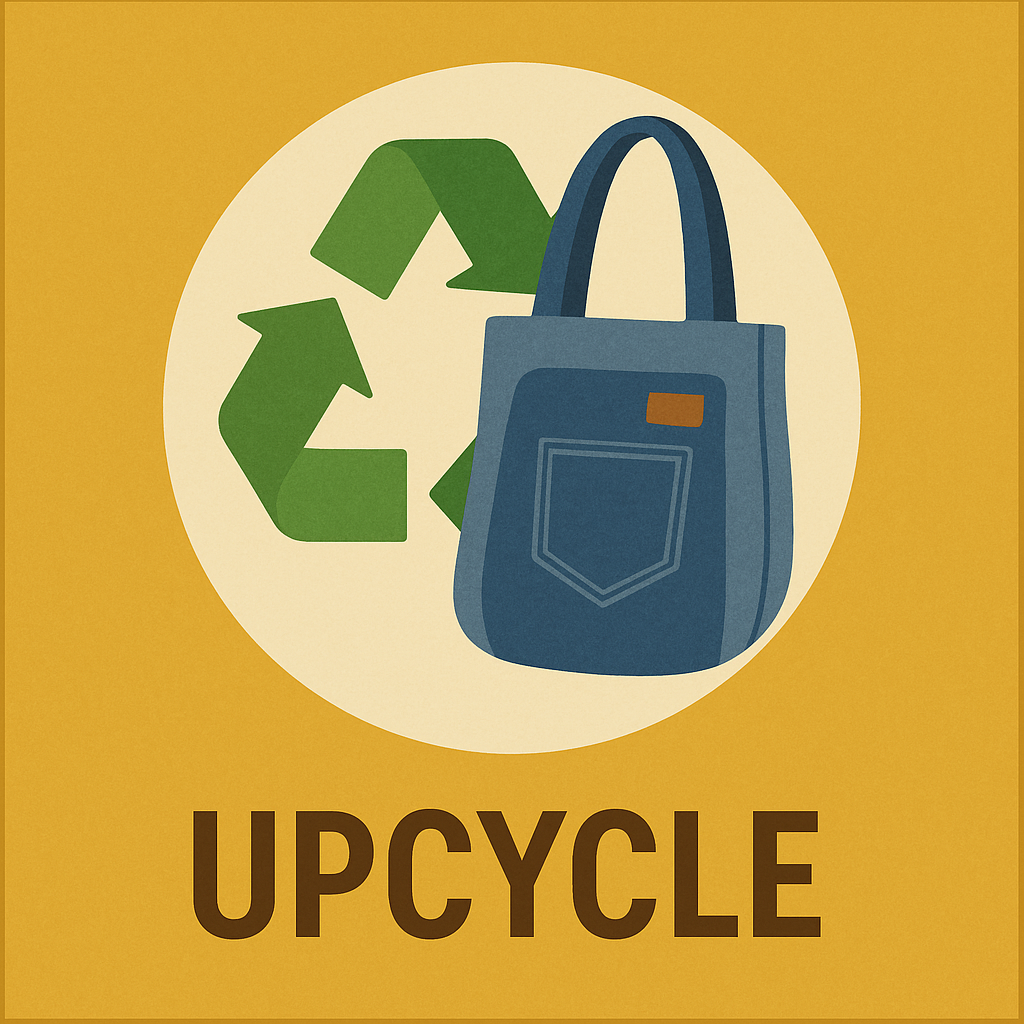A uniquely named and easily understandable exhibition was held at 21_21 DESIGN SIGHT, located in Tokyo Midtown, for approximately six months (from September 27, 2024, to February 16, 2025).
The special exhibition, "Gomi Unchi (Poop) Exhibition," explored global cycles of waste and excrement. These substances have long been regarded as "unwanted" and "something people do not want to see." However, this exhibition directly confronted them and presented them from a design perspective. Attracting a total of 60,000 visitors, the exhibition generated significant public interest.
The exhibition was directed by Taku Satoh (Graphic Designer, Director and General Manager of 21_21 DESIGN SIGHT) and Shinichi Takemura (Professor at Kyoto University of the Arts, Representative of NPO Earth Literacy Program (ELP), and developer of SPHERE, the interactive globe).
In this interview, we spoke with Taku Satoh, a globally renowned graphic designer. He shared insights into the exhibition's concept, how design can contribute to realizing a circular society, and the potential of design in addressing environmental issues. We introduce the "Gomi Unchi Exhibition" alongside his perspectives.
(Interviewer: Hitomi Kumasaka, Editor-in-Chief of CE.T)


Taku Satoh
Graphic Designer, Director and General Manager of 21_21 DESIGN SIGHT.
Graduated from the Department of Design, Tokyo University of the Arts in 1979 and completed the university’s graduate program in 1981. His work spans graphic design, product and facility branding, and corporate identity (CI) design, with notable projects including packaging design for Lotte Xylitol Gum and Meiji Oishii Gyunyu (Meiji Delicious Milk).
He served as the general supervisor for "Design Ah" and "Design Ah Neo" on NHK Educational TV (NHK E-Tele). His publications include "So-suru Shiko" (Shinchosha), "The Book of Marks" (Kinokuniya Bookstore), and "Just Enough Design" (Chronicle Books).
His accolades include the Mainichi Design Award, the Minister of Education, Culture, Sports, Science and Technology's Art Encouragement Prize, and the Medal with Purple Ribbon, among others.
How to Design "Intriguing Uncertainty"
-The "Gomi Unchi Exhibition" was a highly intriguing display. How does this exhibition fit into your overall creative work?
(Taku Satoh, hereafter abbreviated)
My usual work involves responding to client requests, whereas this exhibition was a self-initiated project. If we consider the scale in terms of micro and macro perspectives, my everyday work tends to be quite micro-focused. In contrast, this exhibition required me to adopt a macro perspective, contemplating global environmental issues and the future direction of humanity. This is where it differs significantly from my usual work—it is an endeavor that demands a much broader viewpoint.
-The exhibition flyer mentioned the challenge of "how to make a difficult theme interesting." This is a challenge we often face when communicating environmental issues. Could you elaborate on this?
The exhibition itself serves as one possible answer to this challenge. Environmental issues are often perceived in a negative light. With the global population rapidly increasing, it is clear to everyone that the current trajectory is unsustainable. However, simply delivering a serious message about the crisis is unlikely to make people consciously think about it in their daily lives.
That is where the power of design comes in—to spark curiosity and engagement. Design is not the end goal but rather a medium that bridges the gap between an issue and the audience. The challenge for designers is to make people interested in something they would otherwise overlook. In this sense, designers themselves are being tested. I refer to this concept as "intriguing uncertainty"—the idea that something remains just unclear enough to draw people in.
-What do you mean by "intriguing uncertainty"?
When people are genuinely interested in something, they find it intriguing yet unclear, which makes them want to learn more. However, when we try to make something understandable, we tend to over-explain and simplify it.
The key, I believe, is that curiosity arises when something is not entirely clear but still captivating—when people think, "I do not fully understand it, but it is fascinating, and I want to know more." This sense of wonder is what makes things interesting.
For this exhibition, we applied this concept to environmental issues. Rather than explaining everything outright, we explored how to design within this space of "intriguing uncertainty" and engaged visitors in an experimental, interactive way.
Exhibition Ideas Born from Teamwork
-What criteria did you use to select the exhibition pieces?
First of all, I did not personally select them, nor did I have any set criteria. I am not an expert—I am simply a designer who connects different elements. My role is to bridge the gaps.At the beginning, I reached out to Shinichi Takemura, a cultural anthropologist. From there, we gathered creators from various fields who were interested in this theme and engaged in continuous discussions to shape the exhibition.
This was not a process where I had a clear vision from the outset and directed everything accordingly. Of course, there are times when I work that way, but in this case, we started with no predefined vision. Our core team held discussions, researched what information was already out there, explored which creators were working in this space, and brainstormed ideas. We then expanded those ideas, gradually refined them, and finally shaped them into the exhibition.

The Meaning Behind Taku Satoh’s "Hourglass"
-Your work in the exhibition features an hourglass as its theme. What is the reason behind this choice?
An hourglass stops unless someone actively turns it over. One day, it struck me that this symbolizes our urgent responsibility to take action for the environment.
As I delved deeper, I visited specialists who craft hourglasses and discovered a material called slag—a byproduct left after incinerating waste. When crushed into fine grains, it closely resembles sand. I realized that this material itself perfectly encapsulated the theme of the exhibition. That is why I decided to create a custom hourglass using slag instead of traditional sand.
The production involved experts in hourglass-making, glass, metal, and wood. Among all the works presented in this exhibition, this was the very first piece to take shape. It served as a symbolic starting point for the entire exhibition's creative process.

-Gallery 1, "The Room of Fecal Wonders," was quite impactful.
That space was primarily designed by Tomohiro Okazaki, the art director of this exhibition, along with a group of creators who worked together to bring it to life. Our team also participated by searching for and collecting exhibit pieces, making it a truly collaborative effort. As a result, I believe it became a rather unique and rare space.


-Personally, I found "Sainenshow"(Re-Firing) fascinating—an art form that applies high heat to discarded ceramics, giving them new value. It made me realize that even waste materials have their own unique character.
This exhibit was highly symbolic in terms of shifting perspectives. Traditional Kintsugi techniques repair broken ceramics while preserving their original form, but this approach is entirely different. Instead of viewing waste as something negative, it embraces a creative perspective, discovering new possibilities through innovative ideas. It highlights the potential hidden within discarded materials.

The Changing Role of Design
-Lastly, could you share a message for those who find it challenging to communicate environmental issues?
Design is essential in any form of communication. It shapes how we convey messages and create points of engagement. When researching content, I strongly believe that creators should be involved from the very beginning. If designers are brought in only after everything is prepared, it is already too late. Instead, creators who are genuinely interested should be included at the upstream stage—when ideas are still forming and research is ongoing. This is what is needed now.
The role of design is evolving. It is no longer just about assigning form or color. As designers, we must also shift our mindset to adapt to this new reality.
From the "Gomi Unchi Exhibition" to the "Ramen Donburi Exhibition" (Donburi: traditional Japanese rice or noodle bowl)
-The "Ramen Donburi Exhibition" is scheduled to open on March 7. Is there a connection between this exhibition and the "Gomi Unchi Exhibition"?
At first glance, these two exhibitions may seem unrelated, but they are actually connected. In the final section of the "Ramen Donburi Exhibition" (Donburi: a traditional Japanese bowl used for serving ramen or rice dishes), we plan to introduce ceramic recycling technology.
Typically, ceramics do not naturally return to the soil. However, recent advancements have enabled ceramics to be ground into a fine powder and mixed back into the clay used for making new pottery, promoting a sustainable recycling process. By showcasing this technology, the exhibition ties into the theme of circularity from the "Gomi Unchi Exhibition."
Conclusion
The special exhibition "Gomi Unchi Exhibition" was overwhelming in both its breadth and depth. It served as a powerful reminder of how significant the themes of waste and circularity truly are.
As someone engaged in communicating these issues daily, I have always struggled with the challenge of making them resonate. Environmental issues tend to lack entertainment value, making it difficult for people to relate to them personally. Most people simply do not find them engaging. With this challenge in mind, I approached my interview with Taku Satoh, and I found myself nodding in agreement repeatedly—his insights truly resonated. In particular, his words, "Do not try to make it easy to understand" and "Let it remain intriguingly unclear", were eye-opening.
This concept extends beyond just environmental issues. When conveying any message, we must first think about how it will truly connect with people. Through the "Gomi Unchi Exhibition" and my conversation with Taku Satoh, I was reminded of the critical importance of this theme. Moreover, I felt a strong need to take a step further—to incorporate design and creative perspectives in how we approach communication.

Special Exhibition: "Gomi Unchi Exhibition"
- Exhibition Period: September 27, 2024 (Friday) – February 16, 2025 (Sunday)
- Venue: 21_21 DESIGN SIGHT Gallery 1 & 2
- Closed: Tuesdays
- Opening Hours: 10:00 AM – 7:00 PM (Last admission at 6:30 PM)
- Admission Fees:
- General: 1,400 JPY
- University Students: 800 JPY
- High School Students: 500 JPY
- Middle School Students and Younger: Free
- Website: https://www.2121designsight.jp/program/pooploop/

Special Exhibition: "Ramen Donburi Exhibition"
(Donburi: a traditional Japanese bowl used for serving ramen or rice dishes)
- Exhibition Period: March 7, 2025 (Friday) – June 15, 2025 (Sunday)
- Venue: 21_21 DESIGN SIGHT Gallery 1 & 2
- Closed: Tuesdays (Open on April 29 and May 6)
- Opening Hours: 10:00 AM – 7:00 PM (Last admission at 6:30 PM)
- Admission Fees:
- General: 1,600 JPY
- University Students: 800 JPY
- High School Students: 500 JPY
- Middle School Students and Younger: Free
- Website: https://www.2121designsight.jp/program/ramen_bowl/
4o







